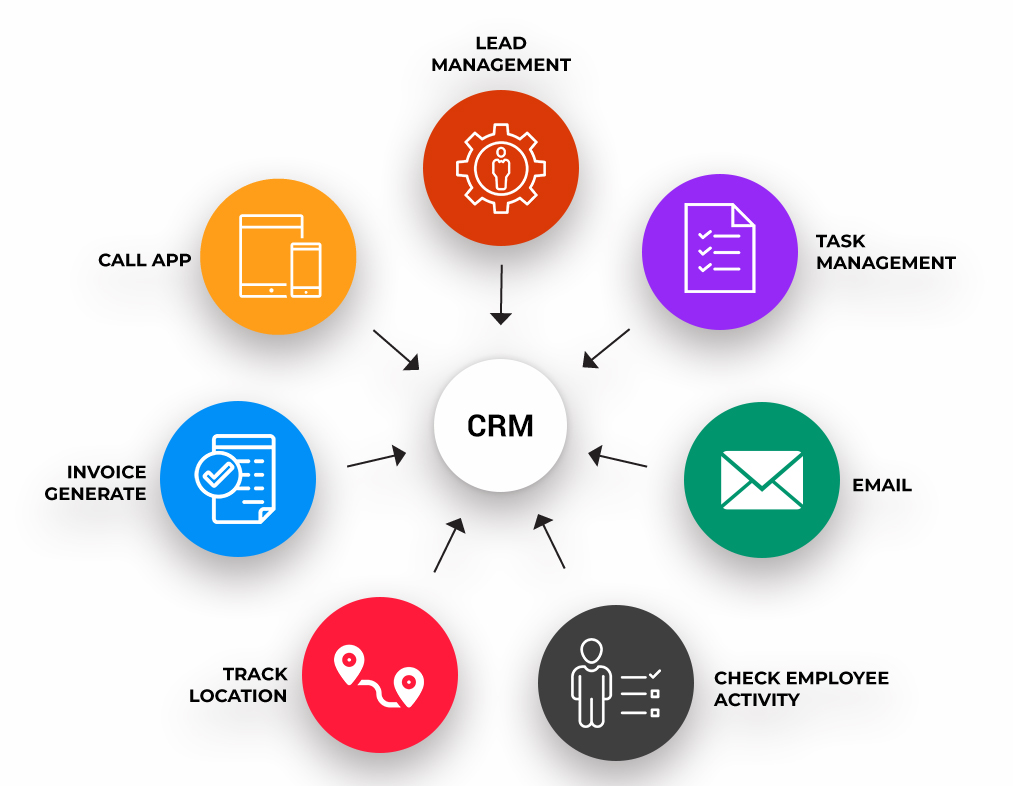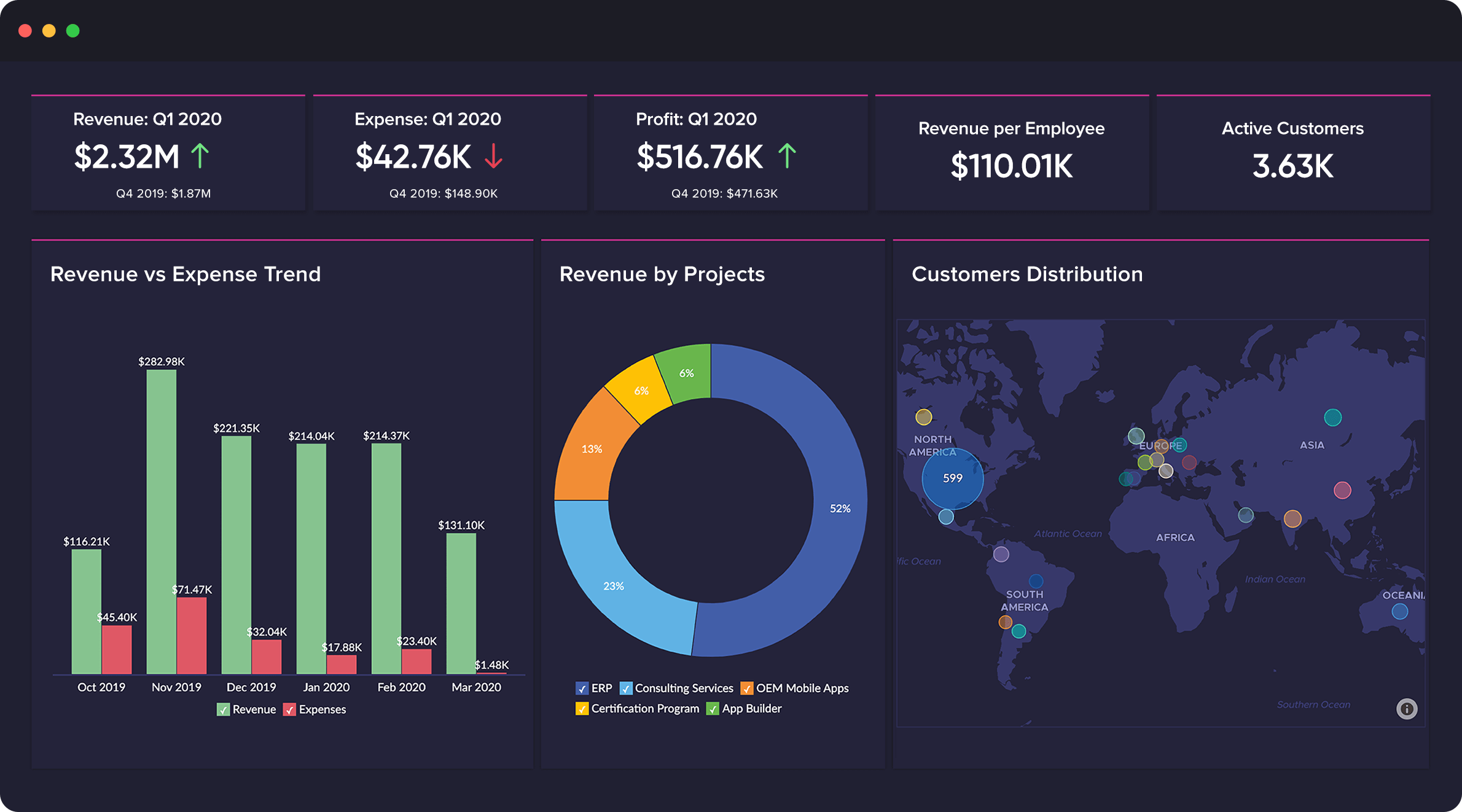Introducing CRM software with analytics for data-driven decisions, a transformative tool that empowers businesses to unlock actionable insights from their customer data. This innovative technology enables companies to make informed decisions, optimize operations, and drive growth.
By harnessing the power of analytics, CRM software provides a comprehensive view of customer interactions, allowing businesses to identify patterns, predict behaviors, and tailor personalized experiences. From improved customer relationships to increased sales and reduced costs, the benefits of leveraging CRM software with analytics are undeniable.
Challenges of Implementing CRM Software with Analytics

Implementing CRM software with analytics capabilities presents several challenges that organizations must carefully consider. These challenges include:
Data Quality and Integration
Data quality and integration are crucial for successful CRM implementation. Poor data quality can lead to inaccurate insights and ineffective decision-making. Integrating data from multiple sources, such as marketing automation, sales, and customer support systems, can be complex and time-consuming.
User Adoption
User adoption is essential for CRM success. Employees must be trained and motivated to use the system effectively. Resistance to change, lack of understanding, and poor user experience can hinder adoption.
Cost and Complexity
CRM software with analytics can be expensive to purchase and implement. Organizations must consider the cost of software, hardware, training, and ongoing maintenance. Additionally, the complexity of the system can require specialized expertise and resources.
Best Practices for Implementing CRM Software with Analytics

Implementing CRM software with analytics can be a complex process, but by following best practices, you can increase your chances of success.
Start with a Clear Business Case
Before you invest in CRM software, it’s important to develop a clear business case. This will help you justify the cost of the software and ensure that it is aligned with your business goals.
Get Buy-in from Key Stakeholders, CRM software with analytics for data-driven decisions
It’s important to get buy-in from key stakeholders before you implement CRM software. This will help ensure that everyone is on board with the project and that there is a clear understanding of the expected benefits.
Choose the Right Software Solution
There are many different CRM software solutions on the market. It’s important to choose a solution that is right for your business. Consider your specific needs and requirements, and make sure that the software is scalable and easy to use.
Implement the Software in a Phased Approach
It’s often helpful to implement CRM software in a phased approach. This will help you minimize disruption and ensure that the software is implemented successfully.
Monitor and Measure Your Results
Once you have implemented CRM software, it’s important to monitor and measure your results. This will help you track your progress and make adjustments as needed.
Closing Notes: CRM Software With Analytics For Data-driven Decisions

In conclusion, CRM software with analytics is an essential investment for businesses seeking to make data-driven decisions and gain a competitive edge. By embracing this technology, companies can transform their customer relationships, enhance operational efficiency, and achieve sustainable growth.
Popular Questions
What are the key benefits of using CRM software with analytics?
CRM software with analytics provides numerous benefits, including improved customer relationships, increased sales and marketing effectiveness, reduced costs, and enhanced operational efficiency.
What are some challenges of implementing CRM software with analytics?
Common challenges include data quality and integration, user adoption, and cost and complexity. It’s crucial to address these challenges through careful planning and implementation.
What are best practices for implementing CRM software with analytics?
Best practices include starting with a clear business case, getting buy-in from key stakeholders, choosing the right software solution, implementing in a phased approach, and monitoring and measuring results.